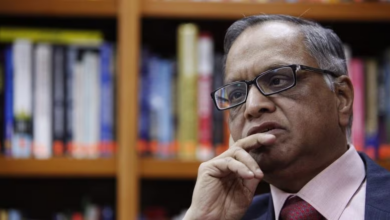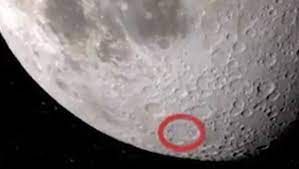Geoarchaeology is an idea put out by researchers to preserve space Heritage
Scientists are proposing planetary geoarchaeology, the study of how cultural and natural processes on Earth’s moon, on Mars, and across the solar system may be modifying, maintaining, or erasing the physical record of space travel, as a new space race heats up. The material left behind during the mid-20th century space race was previously thought to be rather safe, according to the main author Justin Holcomb, a postdoctoral researcher at the Kansas Geological Survey, located at the University of Kansas.
However, he said, “if proper attention isn’t paid during the new space era, the material record that currently exists on the Moon is at risk of being destroyed.”
According to the Union of Concerned Scientists, mankind have launched more than 6,700 satellites and spacecraft from nations all over the world since the beginning of space exploration.
More than 4,500 civil, commercial, governmental, and military satellites are owned solely by the US.
I do believe there is a danger to this history on the moon, therefore we’re trying to raise awareness about the protection, research, and documenting of space heritage, said Holcomb.
“China and the US are both attempting to retake control of the Moon. At least four nations have already lately unintentionally crashed onto the moon. Currently, there is little protection and a lot of unintentional collisions, he said in a research that was published in the journal Geoarchaeology.
It is unclear how planetary geoarchaeologists will choose which artifacts are important enough to save.
With regard to archaeological sites today, Holcomb remarked, “We constantly have to make those decisions.”
Holcomb and his colleagues push for the creation of technologies to monitor items left in space since there aren’t enough resources for conserving space history.
To preserve the oldest record and to monitor human influence on alien ecosystems, he stated, “We should start monitoring our material record as it continues to spread. “As anthropologists and archaeologists, it is our responsibility to raise awareness of heritage issues.”
Holcomb wants to see planetary geoarchaeology go beyond the moon to address problems associated with Mars exploration and migration. He uses the NASA Spirit Rover as an illustration. The rover is currently in danger of being entirely buried behind approaching sand dunes after becoming trapped in Martian sand in 2008.
Holcomb thinks geoarchaeologists need to be a part of next NASA missions to assure the security and preservation of space history.







